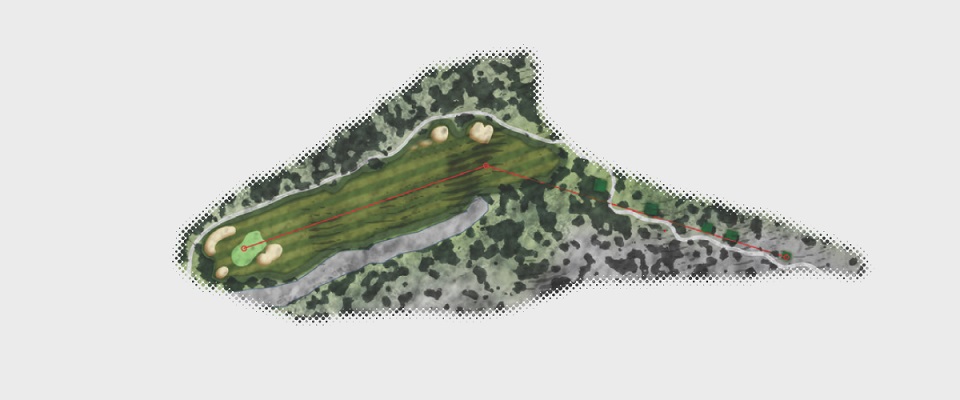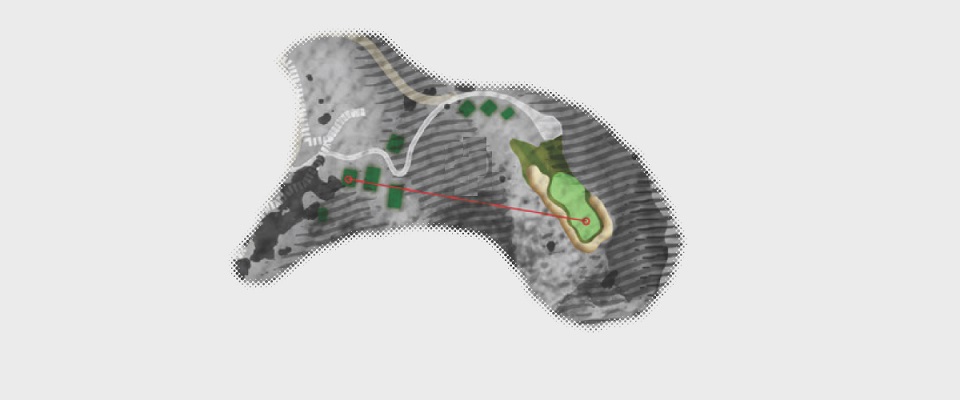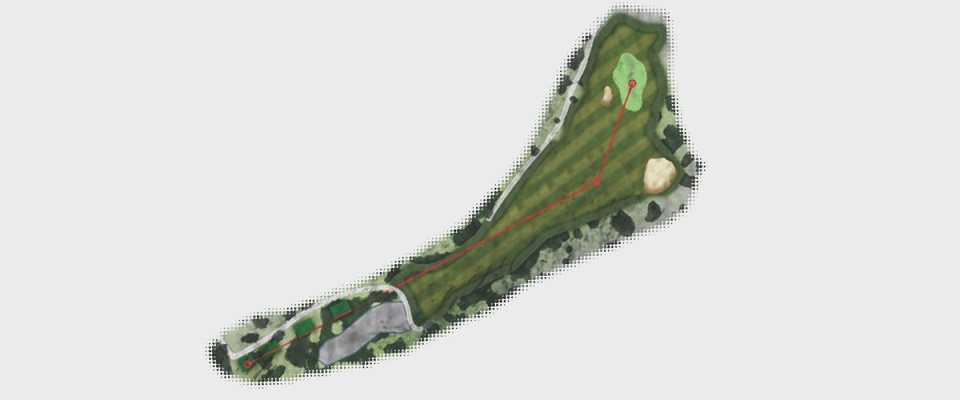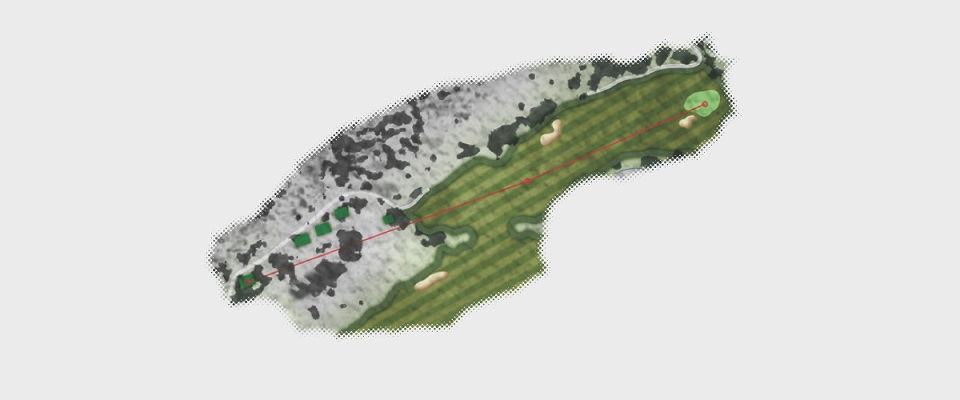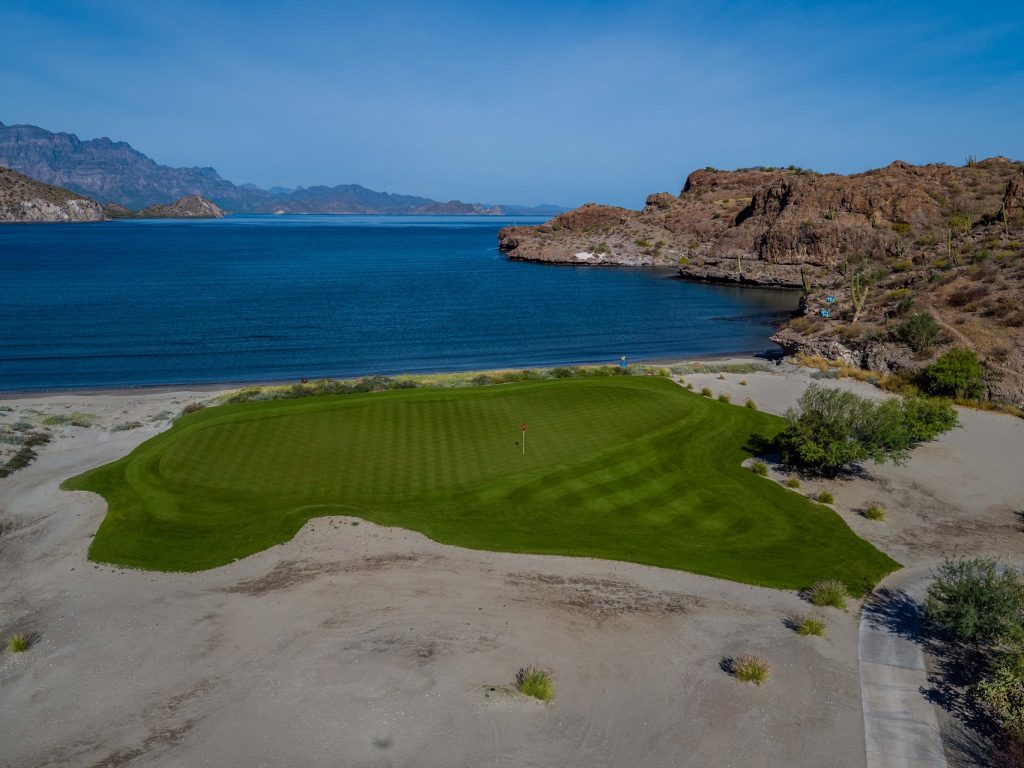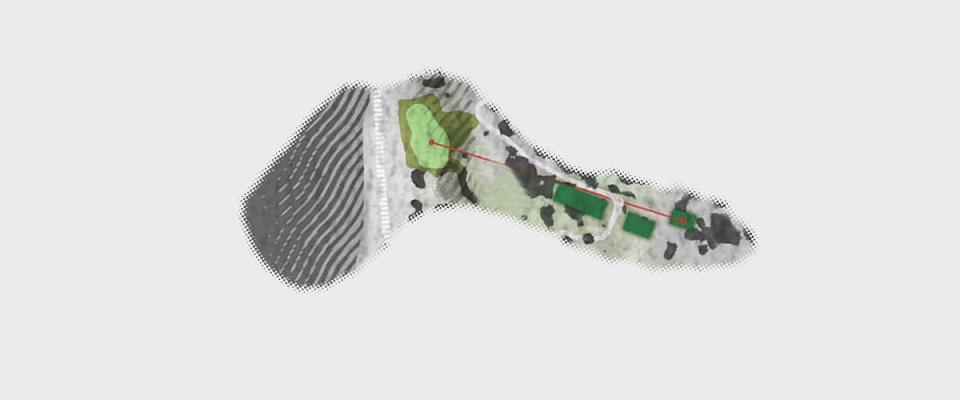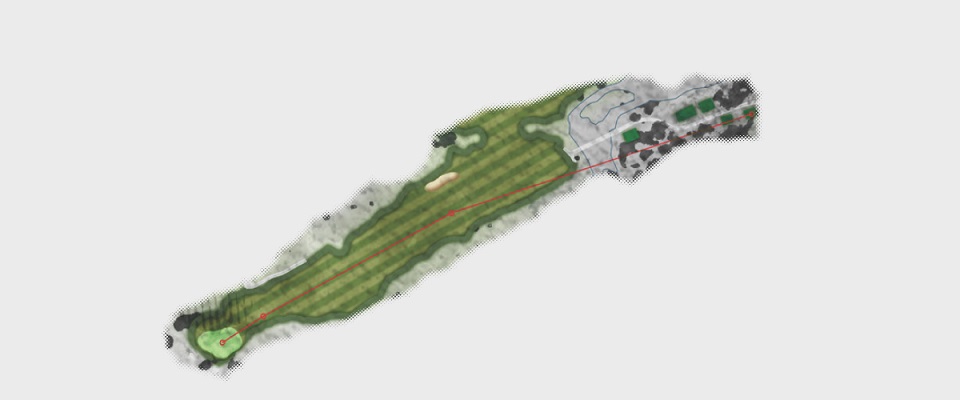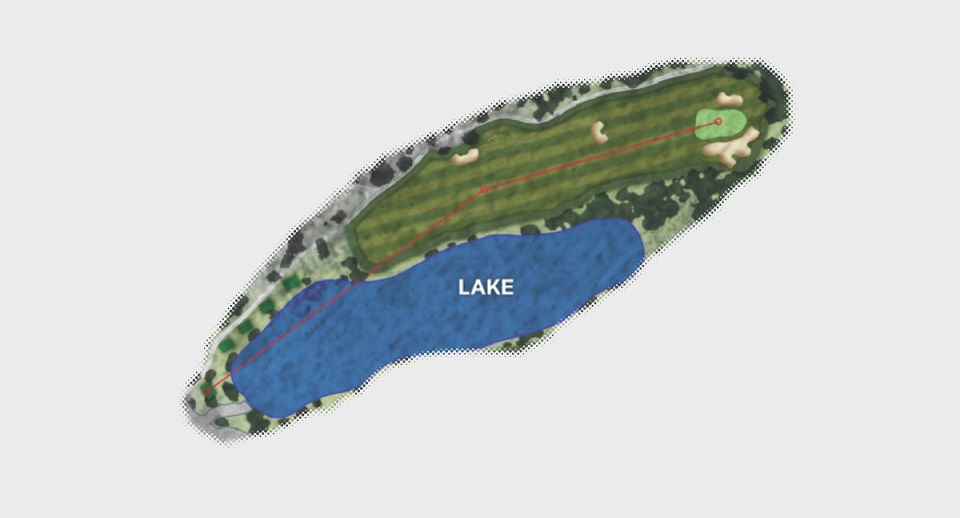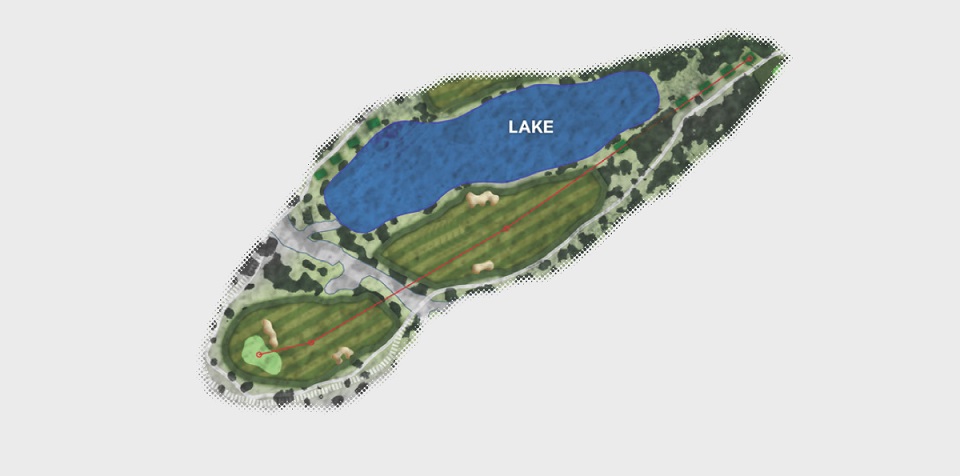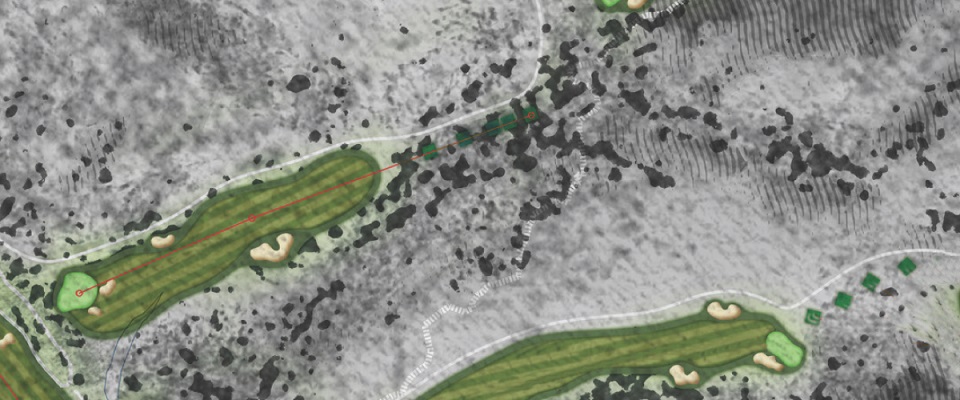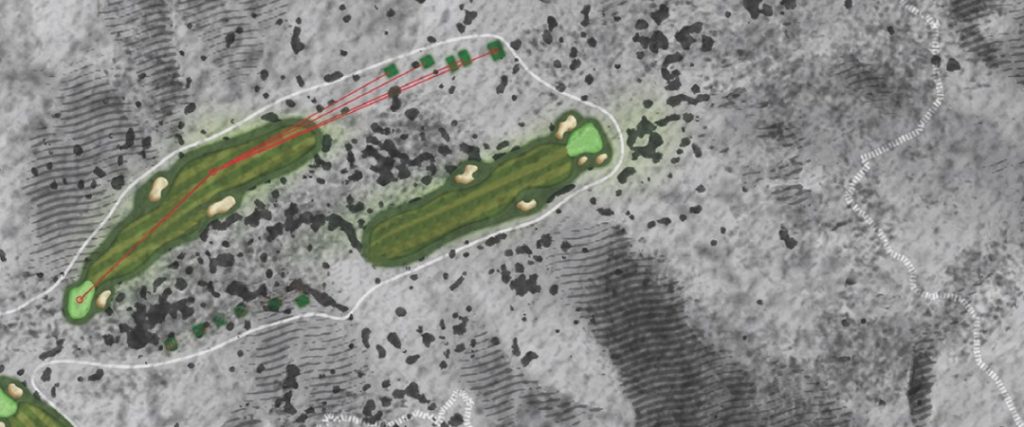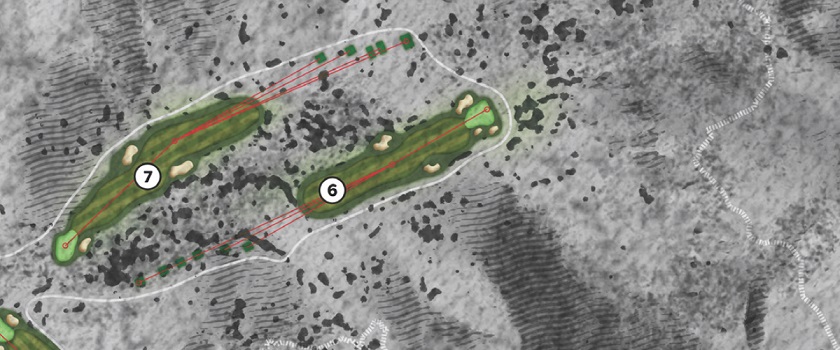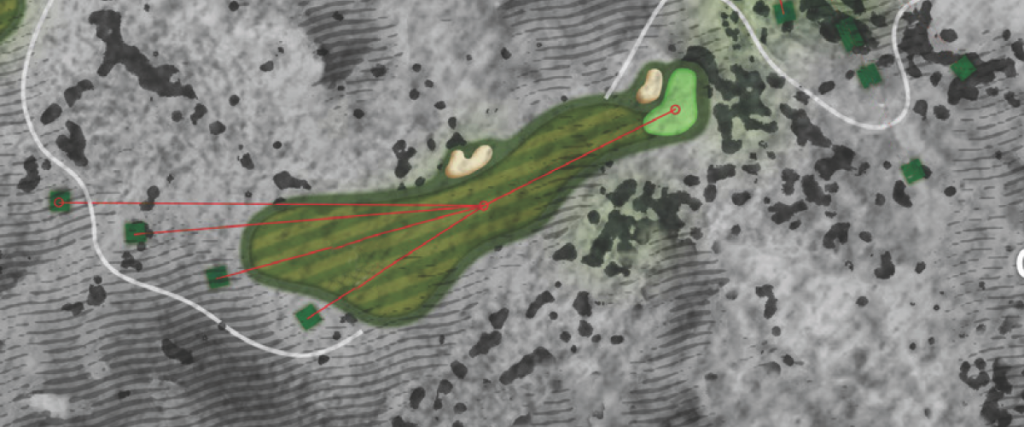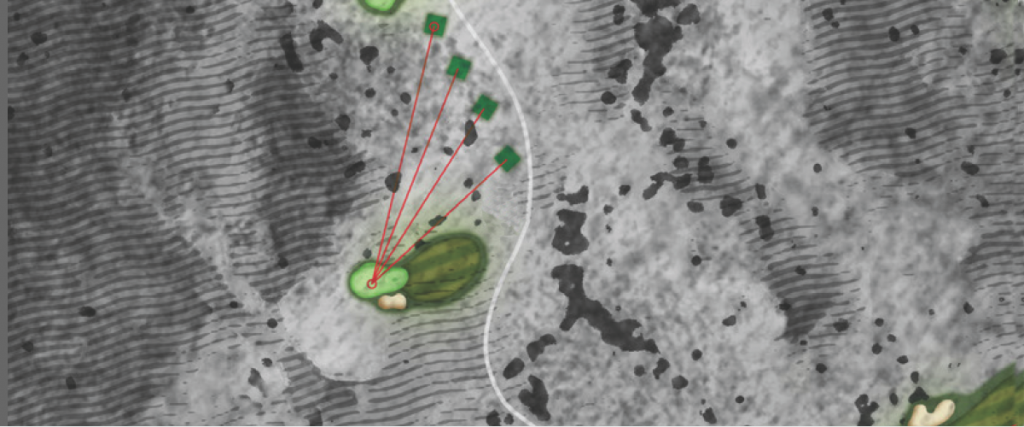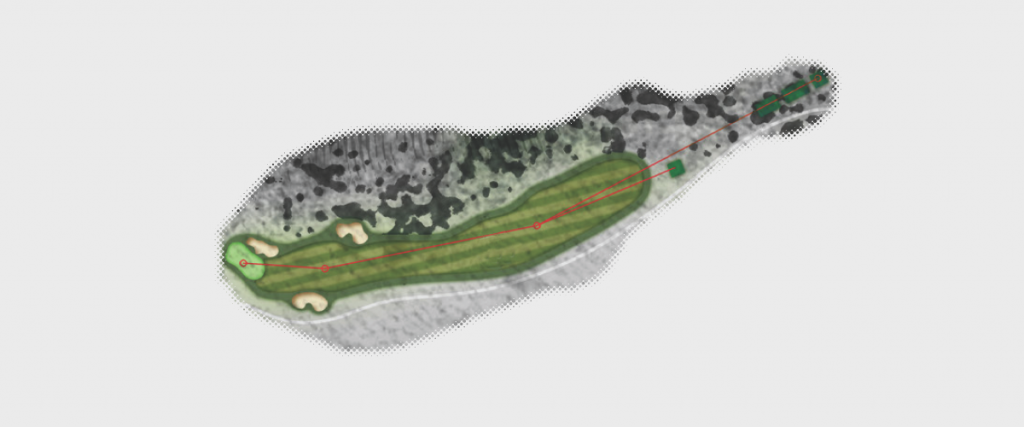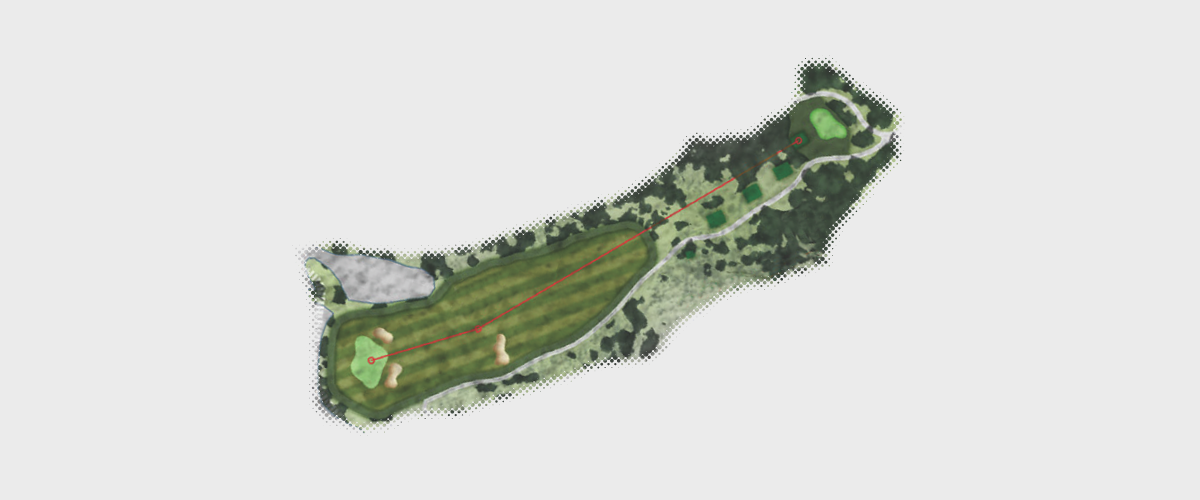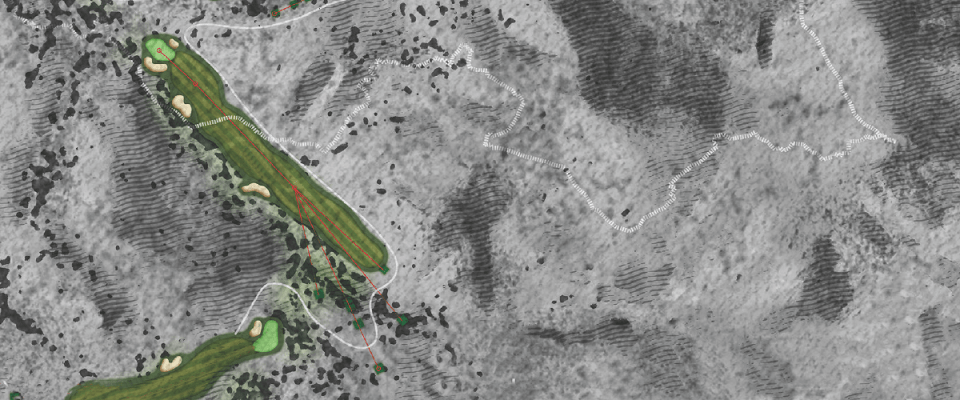


How to Play in the Wind: with Danny Garcia, Head Professional
TPC Danzante Bay is routed in dunes, canyons and mountain foothills that stretch away from the shores of the Sea of Cortez. The prevailing breeze, strongest in spring, needs to be taken into account when playing the club’s Rees Jones-designed golf course. To his credit, Jones built wide fairways with generous landing areas at nearly every hole. Bunkering was kept to a minimum. Open-entry greens were designed to accept low-running approach shots.
Danny Garcia, head pro at TPC Danzante Bay, is a seasoned player who competed on professional tours in the U.S. and Europe. “I can tell you that learning to play golf in the wind is critical to your development and your enjoyment of the game,” he said.
TPC Danzante Bay is a seaside course similar to the oceanfront facilities in Los Cabos. Both are swept by seasonal maritime breezes. Specific adjustments must be made to cope with Loreto’s invisible hazard–the wind.
While the prevailing breeze is from the southwest, it can shift during the round and must be taken into consideration on every shot. Garcia has a favorite tip for visiting players: “When it’s breezy, swing easy. The idea is to impart as little sidespin as possible on full shots. Solid contact is the key.”
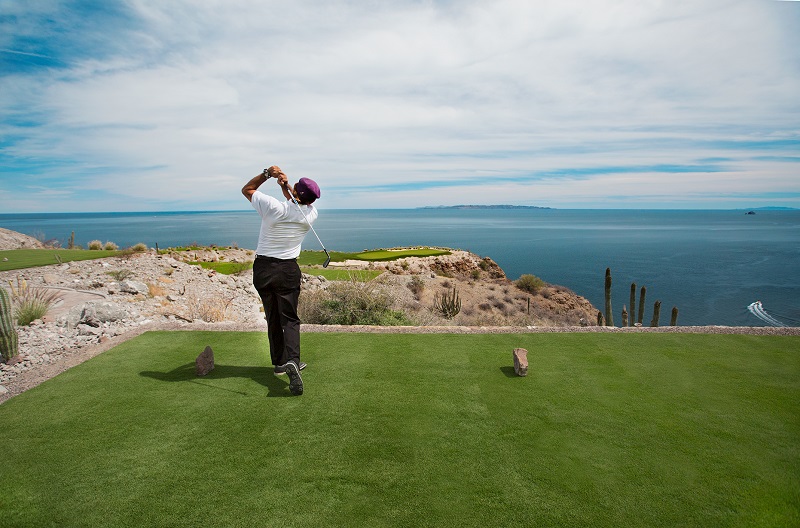

Here are Danny’s fundamentals for playing in the wind:
- The most common mistake made by novices? The harder the wind blows, the harder they swing. When you swing harder in an attempt to force the ball through the wind, you’re actually imparting more spin to the ball, which the wind then exaggerates. The result is usually a shot that balloons in the air and falls short of the target; or a fade or a draw that quickly turns into a slice or a hook, respectively. Get over the idea that you have to fight the wind. It’s a battle you’ll lose every time. Think about working with the wind. On a breezy day, try to swing about 70%-80% of your normal speed.
- Playing into the wind, the less spin applied to the ball, the better. The best tip I can pass along is, ‘Slow down your swing.’ Stay balanced and swing within yourself. Widen your stance slightly. Shorten your backswing. Grip down an inch on the club. Focus on solid contact.
- Play the ball about 1-3 inches back in your stance. This will allow you to trap the ball and will encourage a lower ball flight. This is very desirable. The best way to control the ball in the wind is to play low-trajectory ‘knock-down’ shots. A low, abbreviated follow-through will ensure that your ball flies low and bores through the wind.
- Keep your ego in check. Use more club. The wind, combined with a more compact swing, will result in less distance. A general rule of thumb is that for every 10 mph of wind against you, you’ll need to hit one more club. Clubbing up will compensate for the distance loss and will encourage you to swing with a smooth tempo.
- At some point, the wind is going to be at your back, which creates its own set of challenges. When playing a par 4 or 5 downwind, consider hitting a 3-wood off the tee instead of a driver to take advantage of the helping breeze.
- Pay attention to your angle of approach. Playing downwind tends to reduce backspin, and the ball will release more than normal once it hits the ground. Be mindful of pin position and green depth. If there is no trouble in front of the green–most of the putting surfaces at TPC Danzante Bay are open in front–consider landing the ball short of the green and letting it roll on.
- When the wind is blowing from your right or left, resist the temptation to fade or draw the ball unless you’re an expert. For the majority of golfers, it’s better to hit the ball as solid and straight as you can with a good, balanced swing. Gauge the wind, aim accordingly and let the crosswind carry the ball to the target. Give the ball room to move.
- While wind primarily affects longer shots, it can also influence shots on and around the green. For chipping, opt for more ground-hugging, bump ‘n run shots, not high flop shots. For putting, make sure you take a stance with a wide base and a lower center of gravity. A stable base will enable you to make a smooth stroke.
- Stick to your game plan and play within yourself. This is never more important than when playing in the wind. Be realistic about your scoring chances in windy conditions. Play conservatively to avoid big numbers on your scorecard. Unless you’re a better-than-bogey player, consider not keeping score. Doing so will take the pressure off and help you relish the challenge.
- Don’t let the wind spoil your fun. Rees Jones built TPC Danzante Bay with the wind in mind. Make a few basic adjustments, take wind direction into account, and playing golf in the wind can be a breeze.






